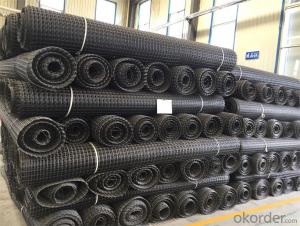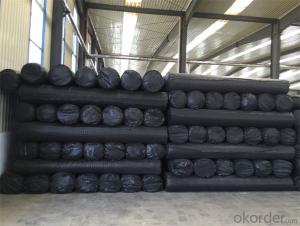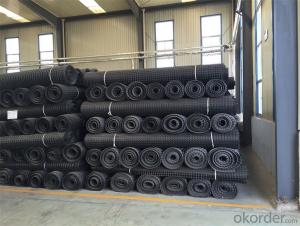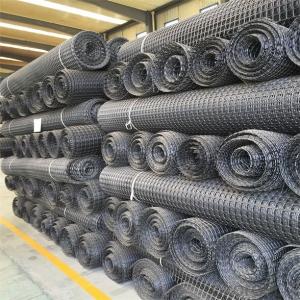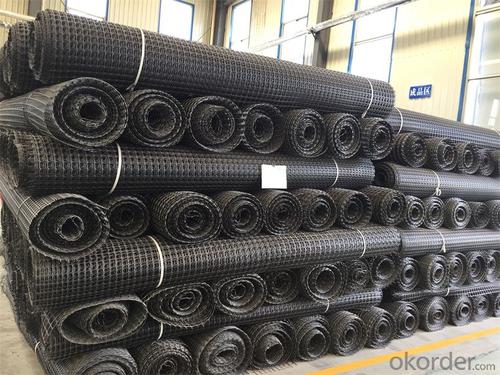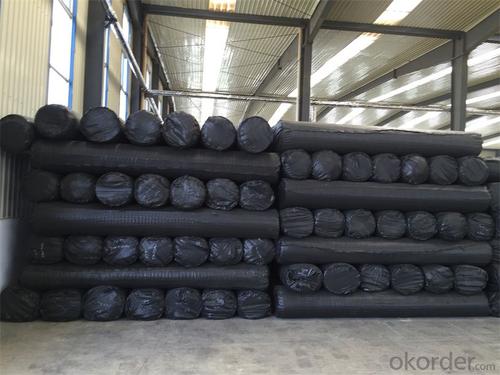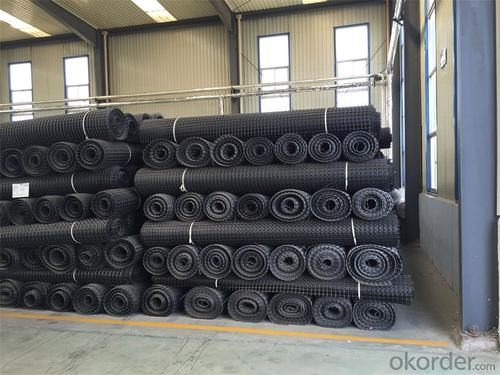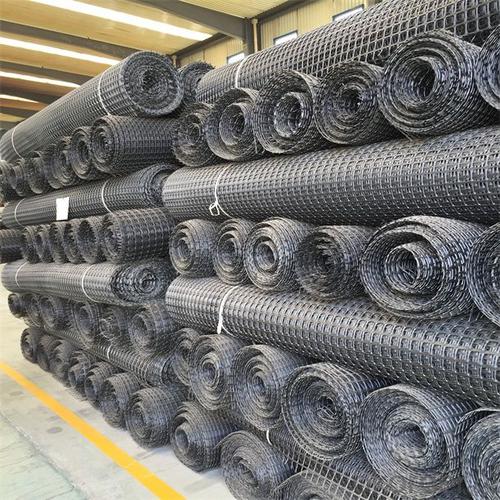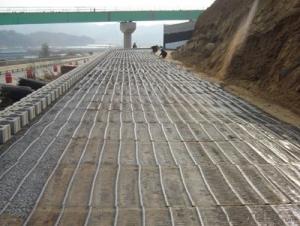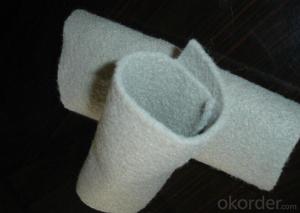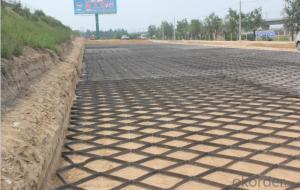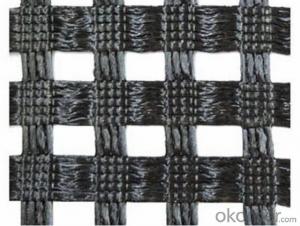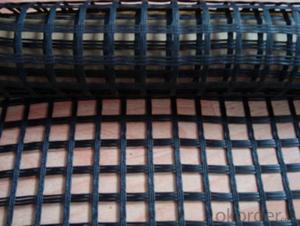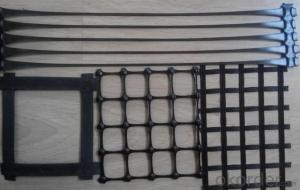Geogrid Stragrip Sg-150 with High Tensile Strength Warp Knitted
- Loading Port:
- Tianjin
- Payment Terms:
- TT OR LC
- Min Order Qty:
- 20000 m²
- Supply Capability:
- 50000000 m²/month
OKorder Service Pledge
OKorder Financial Service
You Might Also Like
Fiberglass Geogrid Introduction:
Fiberglass geogrid is a kind of planar mesh material using alkali-free fiberglass yarn as base body and then coated with high quality modified asphalt. It is warp knitted with oriental structure which gives full play of yarn strength and improves its mechanical property to make the product high tensile, tearing and creep-resistant. Moreover, the composite property of coating with asphalt makes full protection of the fiberglass matrix and greatly improves its wear and shear resistance. All the advantageous functions make the product have a good performance in pavement strengthening, track cracking and solving difficulties of strengthening the bituminous pavement.
Fiberglass Geogrid Features:
1. Light weight, high tensile strength, high modulus, low elongation and good toughness.
2. Corrosion resistance, no long-term creep, long life span.
3. Good physical and chemical stability and good thermal stability.
4. Resistant to fatigue cracking, high-temperature track and low temperature shrinkage cracking.
5. Delaying and decreasing crack reflection.
Specifications | PET20-20 | PET30-30 | PET40-40 | PET50-50 | PET80-80 | PET100-100 | PET120-120 |
Elongation(%) | 10%~15% | ||||||
Vert Tensile strength(KN/m) | 20 | 30 | 40 | 50 | 80 | 100 | 120 |
Horiz Tensile strength(KN/m) | 20 | 30 | 40 | 50 | 80 | 100 | 120 |
Grid(mm) | 12.5×12.5 20×20 24.5×24.5 | ||||||
Width(m) | 1—6 | ||||||
Fiberglass Geogrid Application:
1. Road surface asphalt overlay construction engineering; Asphalt layers
reinforcement.
2. Converting old cement concrete road into composite road; Restraining
reflection cracking caused by block shrinkage.
3. Road extension; Preventing and controlling the cracking caused by new
and old combination and uneven settlement.
4. Treatment of the conjunction between tunnel and bridge or foundation.
Packaging & Shipping:
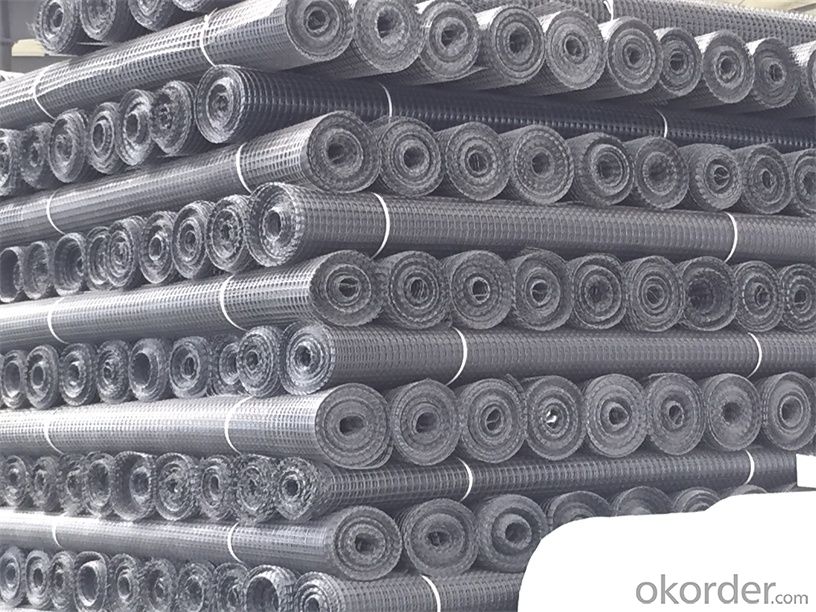
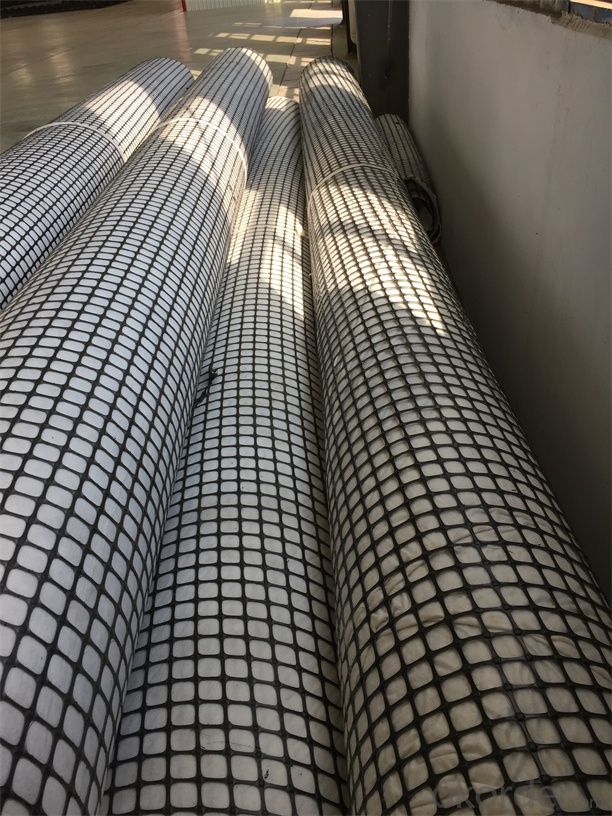
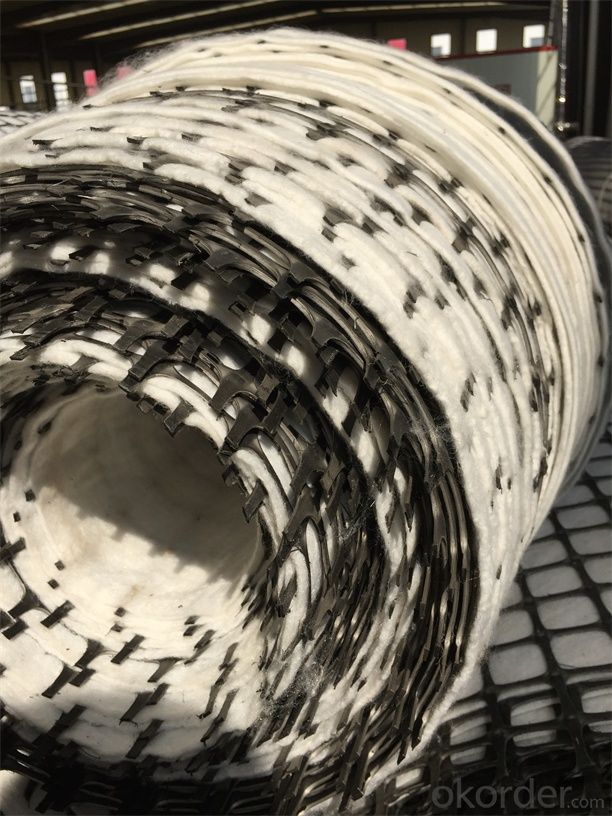

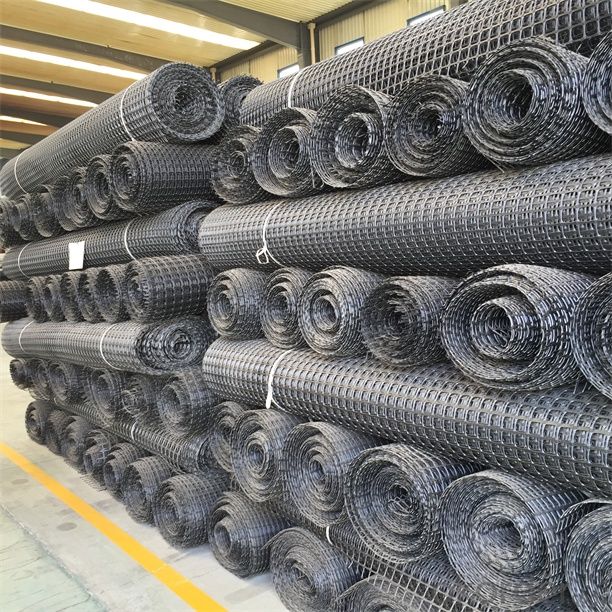
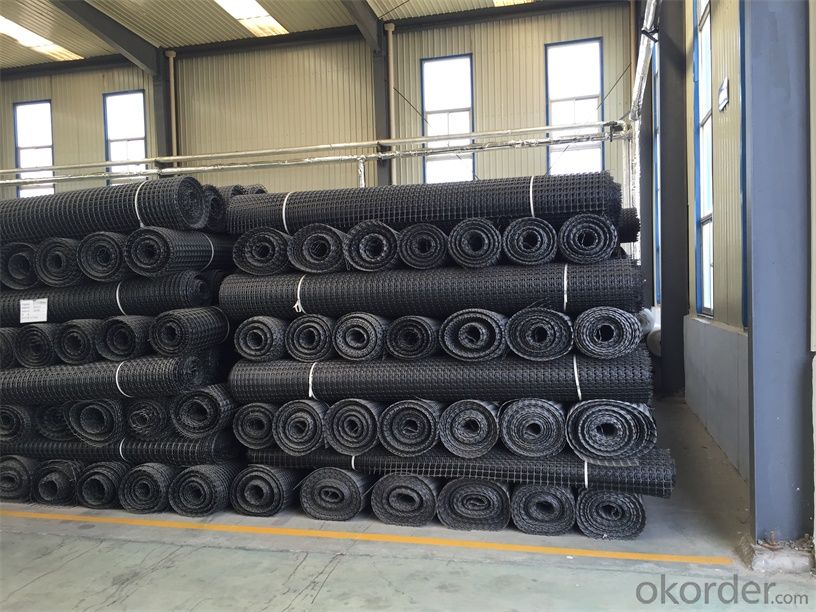


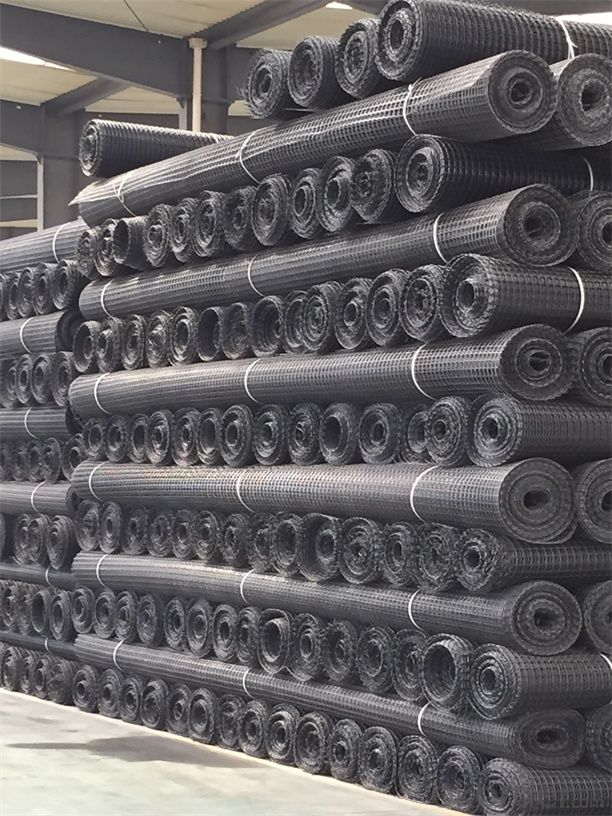
FAQ:
1. How to order your geogrid ?
a) Tensile strength in warp & weft direction
b) Grid size
c) Roll Width and length
d) Quantity
2. What is the Payment term?
a) TT
b) LC AT SIGHT
c) cash
d) 30% contact value as deposit ,the blance 70% be paid after received the copy of bl .
3. Delivery time
a) 19-25 days after received your depsit .
4. What is MQQ ?
a) 2500 m2 as MQQ , we can also produce sample for you .
Welcome to send your inquiry to us, and if you have any question, we can also help you.
- Q: What is the role of geogrid?
- What is the role of geogrid? The geogrid is divided into: plastic geogrid, glass fiber geogrid, warp knitted polyester geogrid, steel plastic composite geogrid and polyester fiber warp knitting geogrid. The geogrid is used as reinforcement of reinforced earth structure or reinforced material. So what is the role of geogrid? The geogrid plays a very important role in the road, mainly strengthening subgrade and aging. The following is a detailed introduction
- Q: What is the cost per cubic meter of reinforced earth retaining wall
- The geogrid can be used in other fields, such as garbage disposal, power plant, ash dam project, coal mine, metallurgy, greening, fence and so on
- Q: Are geogrids suitable for use in soil reinforcement for pipeline crossings?
- Yes, geogrids are suitable for use in soil reinforcement for pipeline crossings. Geogrids are commonly used in such applications due to their ability to effectively distribute loads, improve soil stability, and prevent soil erosion. They provide a cost-effective solution for enhancing the strength and durability of the soil, ensuring the safe and reliable installation of pipelines.
- Q: How do geogrids improve the performance of geotextile erosion control blankets?
- Geogrids improve the performance of geotextile erosion control blankets by providing additional stability and reinforcement. They prevent soil movement and erosion by distributing and transferring loads more effectively, enhancing the overall strength and durability of the erosion control system.
- Q: What are the load-bearing capacities of geogrids?
- The load-bearing capacities of geogrids vary depending on the specific type and design of the geogrid, as well as the soil conditions and application. However, geogrids are typically engineered to have high tensile strength and can support heavy loads, ranging from several hundred to several thousand kilonewtons per meter.
- Q: Are geogrids resistant to creep deformation?
- Yes, geogrids are generally resistant to creep deformation.
- Q: How do geogrids improve the performance of mechanically stabilized earth walls?
- Geogrids improve the performance of mechanically stabilized earth walls by providing reinforcement and enhancing stability. They act as a tension element within the soil, distributing loads and reducing stress on the wall structure. Geogrids also increase the frictional resistance between the soil layers, preventing lateral movement and potential failure. Additionally, they enhance the overall strength and durability of the wall, allowing for the construction of taller and steeper structures.
- Q: How do geogrids help in reducing the risk of soil liquefaction?
- Geogrids help in reducing the risk of soil liquefaction by reinforcing the soil structure and improving its stability. They act as a barrier against lateral movement of soil particles during an earthquake, thereby preventing the formation of liquefied zones. The geogrids increase the shear strength and bearing capacity of the soil, making it less susceptible to liquefaction-induced damage.
- Q: Can geogrids be used in reinforced earth walls?
- Yes, geogrids can be used in reinforced earth walls. Geogrids are commonly used as reinforcement elements in reinforced earth walls to improve stability and increase load-bearing capacity. They provide tensile strength and distribute loads, preventing soil movement and enhancing the overall performance of the structure.
- Q: Can geogrids be used in wastewater treatment applications?
- Yes, geogrids can be used in wastewater treatment applications. They are often used to reinforce and stabilize the soil in treatment plants, as well as in the construction of retaining walls and embankments. Geogrids provide strength and stability to the soil, preventing erosion and promoting proper drainage in wastewater treatment facilities.
Send your message to us
Geogrid Stragrip Sg-150 with High Tensile Strength Warp Knitted
- Loading Port:
- Tianjin
- Payment Terms:
- TT OR LC
- Min Order Qty:
- 20000 m²
- Supply Capability:
- 50000000 m²/month
OKorder Service Pledge
OKorder Financial Service
Similar products
Hot products
Hot Searches
Related keywords
